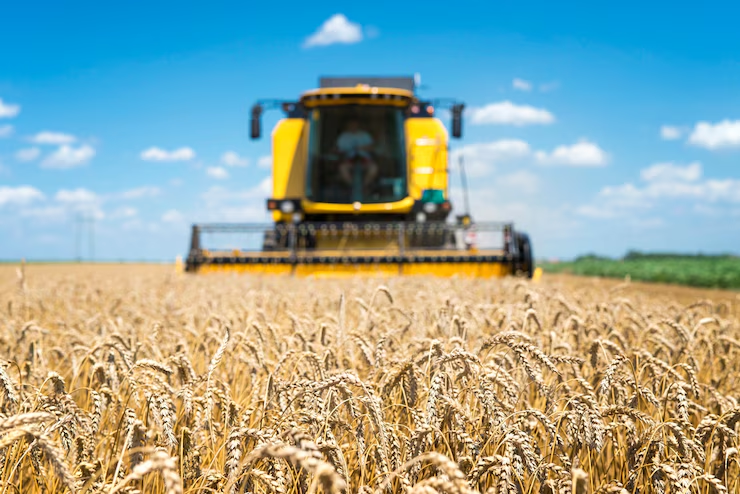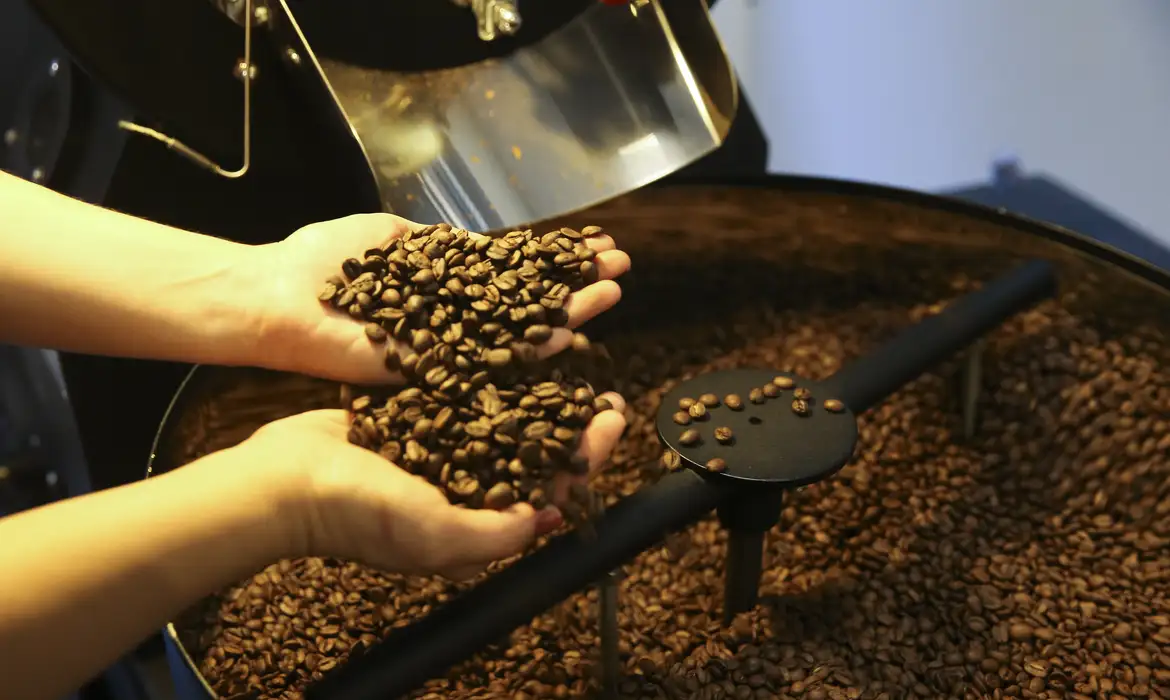Ministry of Agriculture will intensify protection actions after suspending vaccination against foot-and-mouth disease

<!(CDATA(
After the announcement of the end of vaccination against foot-and-mouth disease in Brazil, the Ministry of Agriculture and Livestock (Mapa) will act on other fronts to continue with the Strategic Plan of the National Program for the Eradication of Foot-and-Mouth Disease.
More than 244 million cattle and buffaloes on around 3.2 million properties will no longer be vaccinated as a protection strategy.
The director of Animal Health at the Ministry of Agriculture and Livestock, Marcelo Mota, explains that three main axes were created to guide the next actions.
“The strengthening of the veterinary service, in the establishment of a vaccine strategy in the event of a disease introduction; a vaccine bank for a focal strategy and strengthening the actions of compensation funds in case of emergencies. Because in the event of a possible introduction of this virus in the future, we have the financial resources available to compensate agricultural producers who will be harmed by this action”.
Without the vaccine, structuring and strengthening excellent Brazilian veterinary services, in addition to partnerships with state animal health defense bodies, are essential to protect herds.
Veterinarian Lucas Edel highlights how the plan’s recommendations must continue to be followed so that the virus does not return.
“Surveillance actions, collecting biological samples from animals, in a randomized, random way, from each state, are a way for us to monitor whether the virus is coming, is circulating or not. So, the circulation and increased inspection of borders, the main most problematic borders such as those with Paraguay and Bolivia”, he points out.
Benefits
Eradication with the suspension of vaccination brings benefits to the agricultural sector and is viewed favorably by the international market, as it means that the country has a good service to identify diseases and increases the confidence of consumers and commercial partners in the quality of products. , as the lawyer specializing in animal law Luciano De Paoli notes.
“This meat is not only consumed in Brazil, it is also exported, so being free of the disease means that the domestic and foreign markets end up having great profitability. And Brazil, being free of zoonoses, gives it a higher level of equality with developed countries”, he comments.
According to Mapa, the country’s request for recognition will be made in August and the result, if approved, will be presented in May 2025.
The international recognition of the country’s foot-and-mouth disease-free sanitary status without vaccination is carried out by the World Organization for Animal Health (WHO). In Brazil, Santa Catarina, Paraná, Rio Grande do Sul, Acre, Rondônia and parts of Amazonas and Mato Grosso are recognized as disease-free zones by the organization.
To obtain this recognition, vaccination against foot-and-mouth disease must be suspended, with a ban on vaccinated animals entering the states for at least 12 months.
The end of immunization also means a direct cost reduction of more than R$500 million with the application. The remaining batches of vaccine in the country can be donated, if there are interested countries.
How to identify the disease
Foot-and-mouth disease is an acute infectious disease and considered a zoonosis, that is, if the virus comes into contact with humans, it is transmitted from animals to people. It is not lethal, but it is difficult to control due to its high transmissibility capacity.
“It is basically transmitted by aerosol droplets, where the virus is present. Most of the time it causes oral lesions, it is called foot-and-mouth disease, because they cause canker sores, and they are generally canker sores in the mouth, on the mucosa in general and also on the hoof. Lesions similar to a cold sore can also appear there and also on the animals’ teats. These are the main clinical signs of foot-and-mouth disease”, explains Lucas Edel.
Since 2006, no cases of the disease have been recorded in the country.
))>
By Brasil 61




